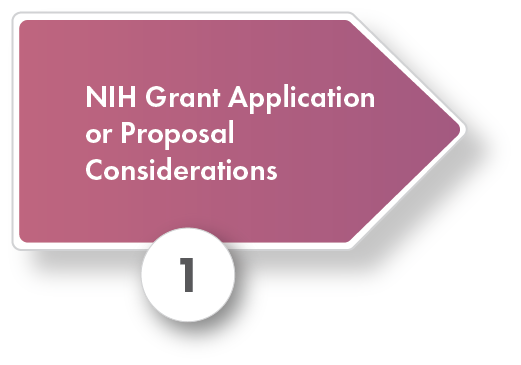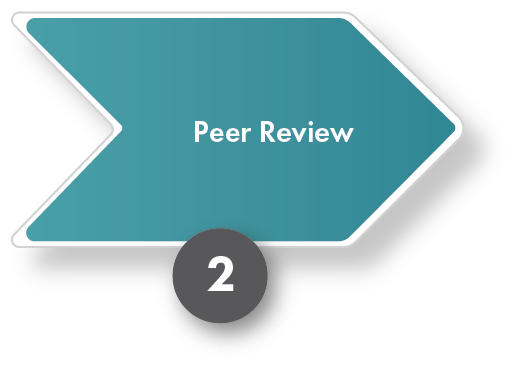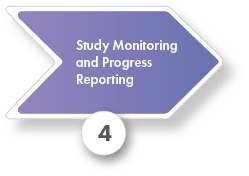Regulations require that peer reviewers take into account the adequacy of the proposed protections for humans in determining the overall impact that the research in the application could have on the research field. Learn how reviewers evaluate the designation of human subjects involvement and the Protection of Human Subjects attachment of your application below.
As required by federal regulations (45 CFR 46) and NIH policy, applications that propose to involve human subjects must address:
- the risk to subjects
- the adequacy of protections against risk
- potential benefits of the research to subjects and others
- the importance of the knowledge to be gained
- for clinical trials, data and safety monitoring plan and a data and safety monitoring board for Phase III trials.
NIH Peer Review regulations (42 CFR 52h) specify that reviewers will take into account the adequacy of the proposed protections for humans in determining overall impact that the research in the application could have on the research field involved. Therefore, the scientific review group must factor their evaluation of the proposed plans to protect human subjects from research risks, into their overall valuation of an application’s scientific and technical merit and overall impact score.
Tip
NIH’s Peer Review Policies and Practices page provides reviewer guidance on other application topics.



